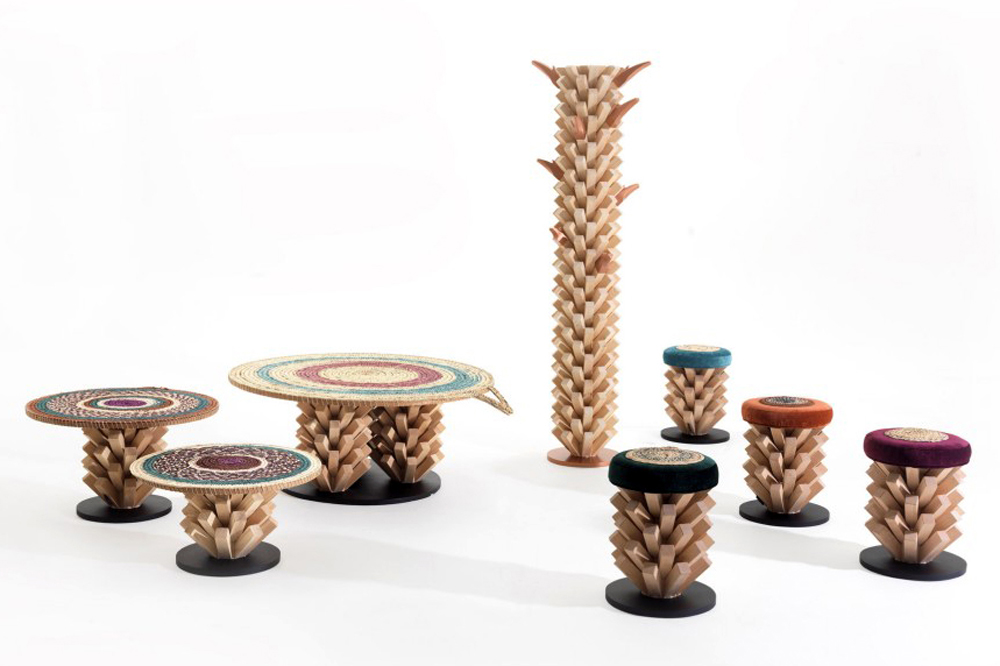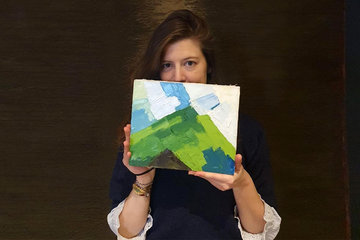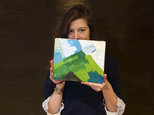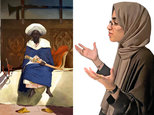
After graduating with a degree in Business Administration from the American University in Dubai, Emirati Khalid Shafar worked in Marketing and Communication for almost seven years. However, in 2005 Shafar completed a degree in Fine Arts in Interior Design and by the end of 2009 had decided to leave Marketing and follow his passion for design.
“Design wasn’t a surprising option; my personal and professional goal in the long run was to be a designer, but marketing was the first career option,” Shafar says. Armed with degrees from London’s Central Saint Martins College of Art and the Design and Centre for Fine Woodworking in New Zealand, his reputation grew and he opened his own design studio at the end of 2010. The brand has become known for its unusual interior space objects.
He did not regret studying business though. "It has taught me discipline, management skills and leadership," he says. The designer believes there is a story behind every piece, developing them through a process of applied creativity, practicality, and functionality, and he enjoys highlighting Emirati culture in a contemporary manner. His inspiration comes from his surroundings, his hometown Dubai, and from memories of the past.
Shafar likes to use wood in his designs, transforming his personal experiences into stunning furniture. When asked about some of his favourite pieces, he refers to "The Palm" and "Arabi," and both came out of ideas that left a mark on him. He was inspired to create “ The Palm” because as a child he saw men climbing with ropes to pick the fruit from a palm tree; so he designed a coat hanger based on this childhood memory. His inspiration for “Arabi," a chandelier that combines modern design and traditional handicraft, came from the black headband worn by Arabian men.
Shafar’s first creation was the "Illusion Stool," inspired by the story of his hometown of Dubai. He has lived in the emirate since childhood, and is still inspired by the dramatic transformations which it has undergone in the past 30 odd years. Shafar was inspired by the vibrant city lights to create the "Illusion Stool," a dynamic seat made of Danish sling fabric on a framework of ash wood with woven lines that refect light. "When you look at the top of the seat...the illusion arises from the tension between the lines and the frame,” the designer says. The stool can serve several purposes; you can sit on it and store magazines on the ropes below.




























